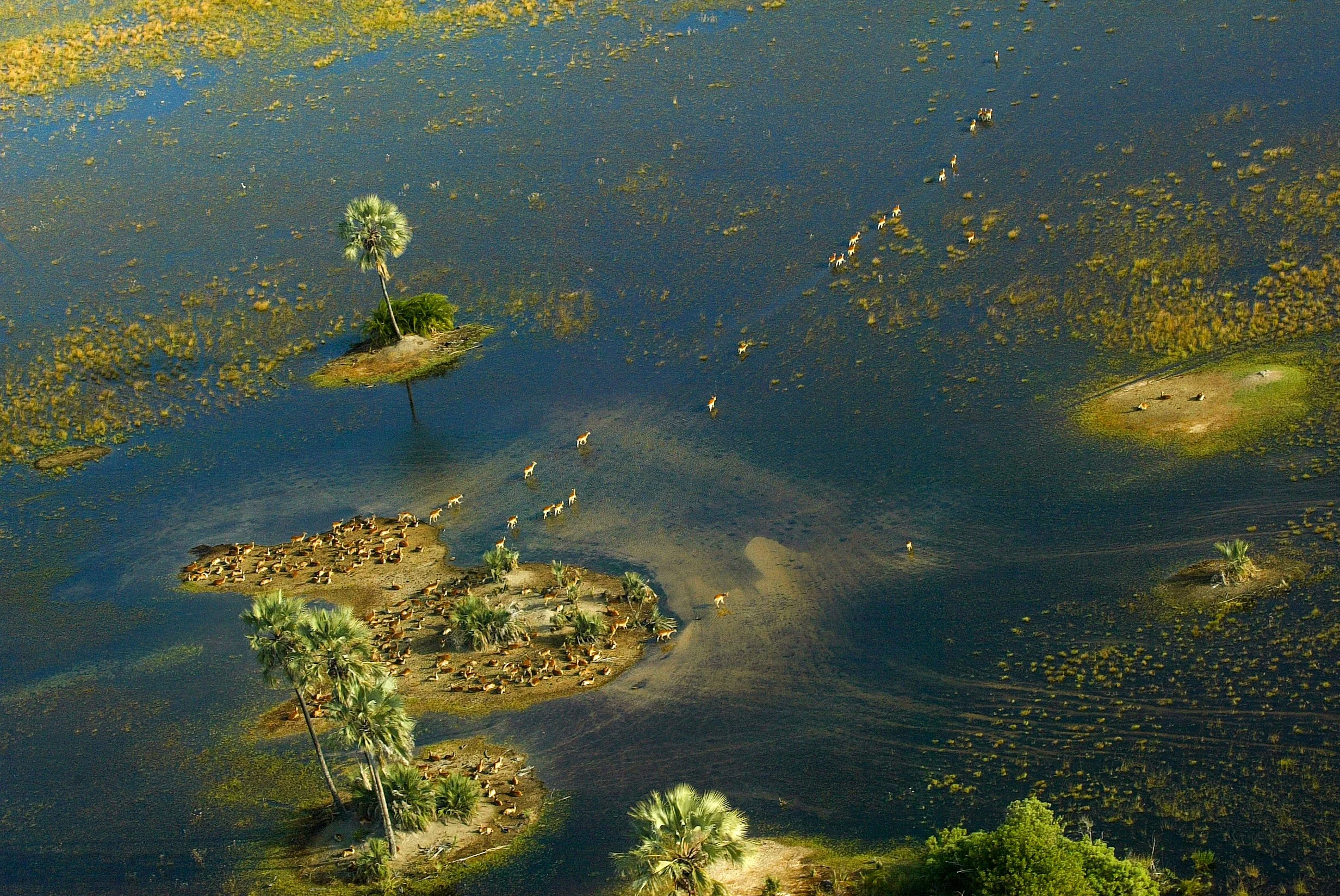Guide to Botswana’s Okavango Delta: Understanding Africa’s Last Wetland Wilderness
In the heart of Botswana, a hydrological marvel defies the norm: the Okavango River. Unlike most rivers that journey to the sea, this mighty waterway embarks on an extraordinary adventure, originating in the Angolan highlands only to fan out and seemingly vanish into the thirsty sands of the Kalahari Desert. This unique phenomenon creates one of the world's most breathtaking inland delta systems, a vibrant oasis teeming with life.
The Water’s Long Journey
The Okavango River starts as a tiny trickle over 900 miles away in the highlands of Angola. It then flows through Namibia before finally reaching Botswana, where, thanks to ancient seismic activity, its path was blocked. Instead of flowing into a giant lake, the river now spreads out into the Kalahari Desert, creating one of the world's largest inland deltas. The size of the Delta can vary greatly, from roughly 1.5 million to over 3.7 million acres, depending on the season.
The Flood Cycle
The floodwaters from Angola typically start reaching the northern parts of the Delta around May. However, due to the incredibly flat landscape, it takes several months for the water to spread across the entire area. The peak flood season, when the Delta is at its fullest and most spectacular, is usually between June and July. This slow, steady rise in water levels is what makes the Okavango so special.
Wildlife and Activites
The annual flood is the lifeblood of the Delta's diverse wildlife. As the water rises, it creates a maze of channels, lagoons, and islands that attract an abundance of animals, including predators, red lechwe, sitatunga (a shy, semi-aquatic antelope), wild dogs, hyenas, huge herds of buffalo and elephants.
During the peak flood, water-based activities are the main draw. You can glide through the waterways in traditional mokoros (dugout canoes) or motorboats, getting incredibly close to the wildlife. Many luxury lodges are situated to offer exclusive access to these water experiences.
Even with less water in some areas, wildlife viewing remains exceptional. Sometimes, less water means animals are concentrated on higher ground, making them easier to spot.
Rain vs. Flood: A Key Difference
It's important to understand the difference between the "wet/rainy season" and the "flood season" in the Okavango.
The rainy season (November to March) brings local rain and lush vegetation, but these rains don't dictate the timing or extent of the main flood.
The flood season is driven by the Angolan waters, which arrive much later (May, peaking in June/ July).
So, even if there's been less local rain in Botswana, good rainfall in the Angolan highlands ensures the Delta still gets its vital flood.
The Okavango Delta's ever-changing environment, shaped by its seasonal flood cycle, promises a truly unique and unforgettable safari experience. Whether you're exploring by water or by land, you're in for an incredible adventure!
Explore the Okavango Delta with Tett Safaris
At Tett Safaris, we specialize in crafting immersive, tailor-made journeys through Botswana’s breathtaking Okavango Delta. With decades of experience, strong local partnerships, and deep knowledge of the seasonal flood cycles, we’ll guide you to the heart of Africa’s last wetland wilderness.








